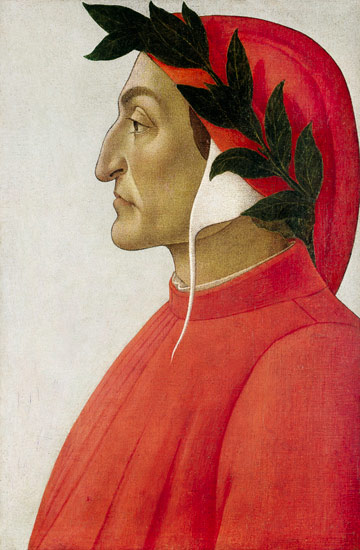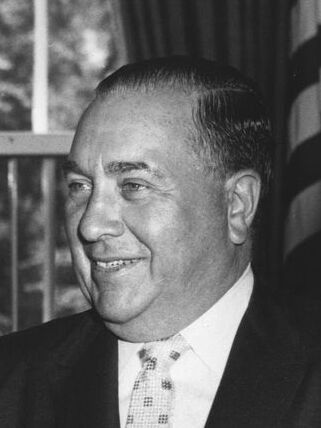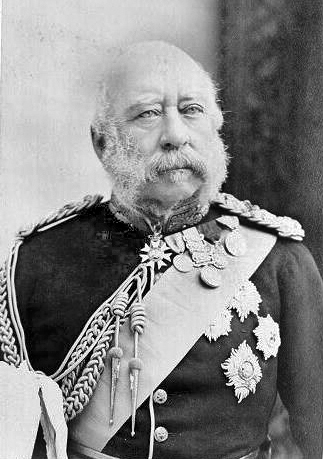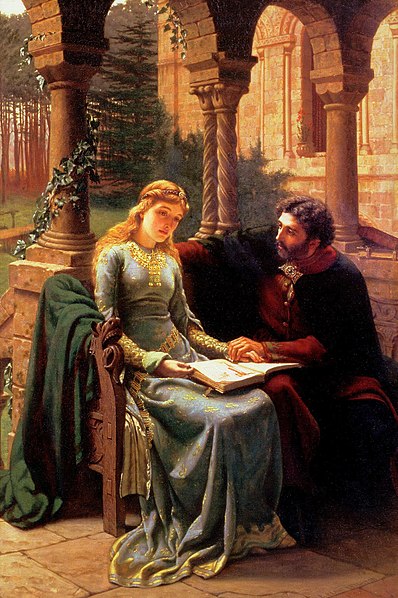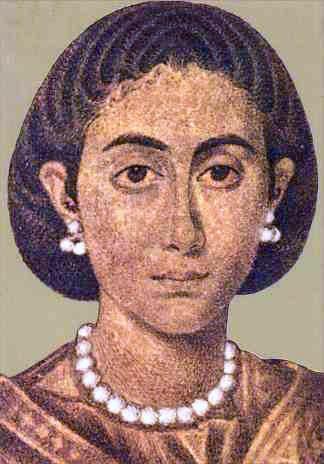
HE’LL BE BACK TOMORROW
June 2, 1925
The Bronx, New York
Wally Pipp, a fixture at first base for the last ten years, took a day off today, and the Yankees just don’t look like the Yankees without him.
A member of Murderers’ Row since 1918, Pipp has been at the heart of three World Series teams in the Bronx, and is expected to continue anchoring the infield for years to come.
But everybody needs to take a break now and then.
Manager Miller Huggins explained,
“He’s been playing hard for a lot of years. He’s a real iron man. But nobody can play every day.”
He was replaced by 22-year-old Lou Gehrig, who had three hits.
Pipp is expected to be back in the lineup tomorrow.
But seriously…
February 28th, 2022
This is the story of four ballplayers.
One is a legend. Two of the others had fine careers in major league baseball. The fourth had a moment of glory, followed by years of scratching out a living in minor league cities, playing for minor league teams.
The four men are connected by three lineup changes made by their manager, Miller Huggins, in May and June of 1925.
1925 was a rough year for the Yankees. After going to the World Series three years in a row (1921-1923) and winning it in ’23, they fizzled out in ’24, and started 1925 in a terrible slump.
Huggins decided to shake things up. On May 6th he benched his slumping veteran short shop, and on June 2nd he took his struggling veteran first baseman out of the lineup.
The veteran shortstop’s name was Everett Scott, known as the Deacon. It was reported that he had “lame knees”, which infuriated him. He wouldn’t stand for being benched, and hopped a train out of town that night, never to return to the Yanks.
The statement he made started out as a sound bite and ended in a straightforward, helpful description of his plans- and a reminder that it really was a simpler time.
“I’ll not sit on the bench for anybody, and am on my way to my home at Bluffton, Indiana, not far from Fort Wayne.”
The man who filled in for Scott was a rookie named Paul Wanninger, who, at 5’7”, was only an inch shorter than Scott, but went by the sobriquet Pee Wee.
The veteran first baseman was Wally Pipp. In 1918 he was a charter member of Murderers’ Row, the name for the string of dangerous hitters in the middle of the Yankee lineup. Pipp was one of the team’s perennial great hitters.
The youngster who replaced him was Lou Gehrig.
Lou wasn’t a rookie; this was his third year with the club, but, for all his native talent, he could not break into the starting lineup. So he rode the bench, watching the man who was too good to be replaced at first base, trying to learn from him. He was sent down to the minors in ’23, then back up to the majors for more bench time. In early 1925 he was so anxious to play he asked Huggins to send him down to the minors again, so he could get a chance to play. Huggins told him what he’d been telling him for three years: just wait. Watch and learn.
Pipp responded to being benched differently than Scott had. He accepted the reversal of fortune gracefully. It was his turn to watch the man who was obviously the future at first base. One day in practice, he approached Gehrig, offering to help him.
“I’d like to show you a few of the tricks I know, if it won’t make you sore.”
A credit to the game, who deserves to be known for more than the guy who was replaced by a legend. He had another three good years in him, playing for Cincinnati, where two of his teammates were Everett Scott and Pee Wee Wanninger.
Gehrig went on to play 2,130 consecutive games. No man was good enough to oust him from the lineup. It took a disease to do that, and even then, Gehrig’s greatness triumphed, because the disease was named after him.
Paul Wanninger’s journey was much different than Gehrig’s. And more typical of a ball player.
In the off season he was traded to the St. Paul Saints of the American Association, but in 1927 worked his way into the majors again, this time with the Red Sox. After holding out in spring training – a gutsy move in those days, especially for a guy coming up from the minors- he floundered, quitting the team in May because, according to Pee Wee, the team wouldn’t let him go home to see his newborn son.
He returned to the Saints, then to the Louisville Colonels, the Knoxville Smokies (where he was released before playing a single game), followed by stints in Milwaukee, Daytona Beach, and Augusta (where he made the All-Star team as a second baseman).
He then did double-duty as player-manager for the Anniston (Alabama) Rams of the Southeastern League, the Selma (Alabama) Cloverleafs in the Southeastern League, the Huntington (West Virginia) Aces in the Mountain States League, and finally, the Montgomery Rebels. Who knows how many more teams he would have played for, in how many towns, in how many leagues, if he hadn’t been drafted into the service for WWII.
Pee Wee only played in 163 major league games, but was still playing when Gehrig retired, and outlived him by 40 years.
Wanninger is the stuff of baseball trivia, as the man who started one streak and ended another. That’s because Gehrig’s consecutive-game streak didn’t start when he replaced Pipp on June 2nd. It began the day before, when he pinch-hit for Wanninger (the last time he would ever pinch-hit). And the record in 1925 was 1,309 consecutive games played, held by Everett Scott, and ended when he was replaced by Pee Wee Wanninger. It was a record that some said would never be broken. In fact, Gehrig didn’t break it until 1933.
Gehrig now ranks number two on the list of consecutive games played. Cal Ripkin, Jr. is number one. Everett Scott is number three.
Gehrig and Wanninger, connected by trivia, had two very different careers. One a superstar, the other a journeyman; one career cut short by disease, the other by war; one remembered, the other forgotten.
Who could have known, watching two eager young men race onto the diamond on June 2nd, 1925, that one of them would play and manage in minor-league-town after minor-league town, wearing uniform after uniform, while the other would play until he could barely walk, and die on that very day, June 2nd, just sixteen years later.
And both would do it for their love for the game.
Sources:
Lou Gehrig, The Lost Memoir, with Alan D. Gaff
